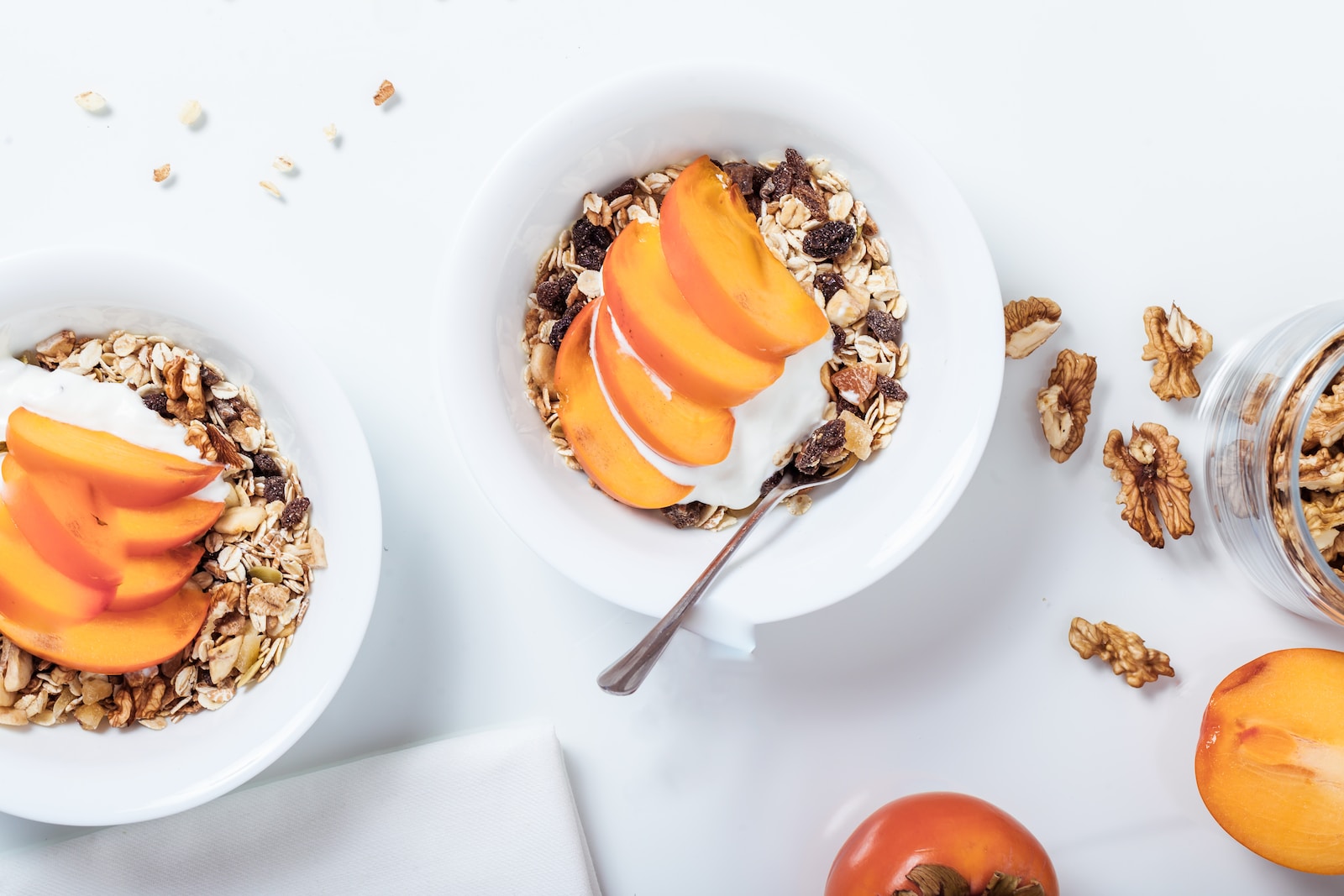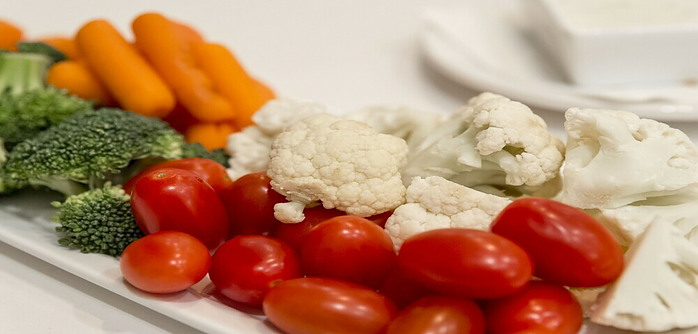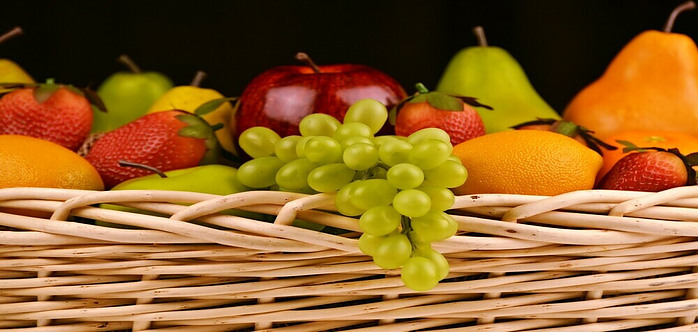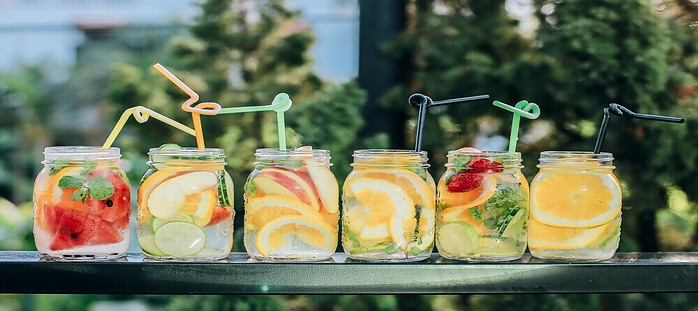Healthy Snacks And Alternatives To Prevent Diabetes

I’m going to lay out the foundations of healthy snacking and how it can be a powerful tool in your arsenal to prevent diabetes. This isn’t just about choosing the right foods; it’s also about understanding the effects these choices have on your blood sugar levels and overall health.
You’re going to find out about the impact that smart snacking decisions can have, especially when it comes to portion control and selecting snacks composed of balanced macronutrients. These choices can help prevent the spike-and-crash cycle of blood sugar levels, which is crucial in staving off diabetes.
I’m here to help you understand the nuances of healthy snacking. It’s important to focus on consuming snacks that are not only nutritious but also satisfying. This way, you’re more likely to stick with healthy habits in the long term.
Choose something that resonates with you; healthy eating should be enjoyable, not a chore. With the right approach, even minor adjustments can contribute significantly to your health. And remember, your first attempt doesn’t need to be your last. You can always adjust your approach down the road.
Veggies: Your Crunchy Allies in Blood Sugar Management

Now, let’s focus on the unsung heroes of snacking: vegetables. These nutrient powerhouses pack a punch when it comes to blood sugar management. They’re low in calories, high in fiber, and loaded with vitamins and minerals that are essential for your body’s health. When you reach for a snack, consider carrot sticks, bell pepper slices, cucumber, or cherry tomatoes. These veggies are not only crunchy and satisfying but also help you feel fuller longer, thanks to their fiber content.
Incorporating vegetables into your snack time doesn’t have to be boring or tasteless. How about trying a zesty hummus dip with your raw veggies? Maybe some Greek yogurt spiced up with herbs to accompany your carrot sticks? Or if you’re feeling adventurous, kale chips baked with a sprinkle of sea salt and paprika can be a delightful, crunchy alternative to potato chips.
If you’re not used to having vegetables as snacks, start small. Add them to your meals first, then gradually increase the amount. Before you know it, veggies will become a staple in your routine. It’s all about making small, incremental changes that lead to a healthier you.
It’s common to hit barriers when trying to up your veggie intake. Maybe you don’t like the taste of certain vegetables, or perhaps it’s hard to find fresh produce in your area. I’m here to help you navigate these issues. Try different types of veggies until you find some you enjoy, and remember that frozen vegetables are just as nutritious as fresh ones and often more convenient.
Fruits: Sweet, Natural Treats that Favor Blood Sugar Balance

I’m going to give you the lowdown on how to pick and portion fruits to keep your blood sugar in check. Not all fruits are created equal, especially when it comes to their impact on your blood sugar levels. Choosing fruits with a lower glycemic index, which is a measure of how quickly sugar enters your bloodstream, can be a game changer.
Portion control with fruit is crucial; too much of a good thing can still spike your sugar levels. If you want to keep track without the hassle, aim for a serving size that could fit in the palm of your hand. Larger fruits like bananas can be eaten in halves, while a cup of berries might just hit the sweet spot.
To maximize the benefits, you’re going to find out about pairing fruits with proteins or healthy fats. This isn’t just about enjoying a slice of apple; it’s also about adding a tablespoon of almond butter for a snack that keeps your blood glucose more stable.
Swapping baked goods with added sugars for fruit-based desserts can have a huge impact. Think about grilled peaches with a dollop of Greek yogurt or a berry salad lightly drizzled with honey. You can always adjust your approach down the road, but choose something that resonates with you now.
In my opinion, hydrating with water rather than sugary drinks is a key strategy in blood sugar management. And guess what? Water can be just as interesting. In the next section, I’ll help you discover how infusing water with natural flavors can be a refreshing and healthful alternative.
Hydration: Water’s Crucial Role in Sugar Control

Staying hydrated isn’t just about quenching thirst, it’s also about managing your blood sugar. Adequate water intake makes a significant difference in how your body regulates sugar levels. When you’re well-hydrated, your kidneys can efficiently flush out excess glucose through urine.
I’m going to introduce you to the concept of infused waters as a fantastic solution. They’re just water jazzed up with slices of fruits, herbs, or cucumbers. You get the subtle natural flavors without the sugar overload. This means you’re less likely to reach for that soda can or sugary drink, which have been directly linked to an increased diabetes risk.
Guess what? The choices are endless. You can try lemon and mint for a refreshing zing, or maybe strawberries and basil for a sweet, aromatic twist. The aim here is to excite your palate while sticking to a no-sugar rule.
Let’s not ignore those sugary temptations, though. I understand they’re everywhere, especially in drinks. But every time you opt for water instead of a sugar-laden beverage, you’re taking a step forward in diabetes prevention. It’s a simple swap with big health benefits.
Now, when we talk about sugar control, we can’t bypass the importance of proper physical activity and rest. Both have undeniable effects on your body’s ability to maintain steady blood sugar. Keep the water flowing during your workouts, and look forward to relaxation time as another opportunity to hydrate and help your body reset.
Crafting Your Personal Path to Diabetes Prevention

Now that you’re aware of the importance of proper hydration and how it plays a role in managing blood sugar levels, let’s consolidate everything we’ve discussed. Making healthier snack choices doesn’t just curb hunger; it’s a powerful strategy in the prevention of diabetes.
Remember, this isn’t just about snacking; it’s also about creating a balanced lifestyle. Smaller portions reduce the risk of overeating, and including a variety of veggies and fruits can help you get the essential nutrients without extra calories or sugar. What’s more, staying well-hydrated with water instead of sugar-laden drinks supports your overall health.
I’m here to help you see exercise and rest as non-negotiable elements in your diabetes prevention toolkit. While snacking smart is crucial, being active and getting enough sleep are equally important. They form a trio with diet that works overtime to keep your blood sugar in check.
Start with small changes, like swapping out processed snacks for whole foods and taking short walks after meals. Your first attempt doesn’t need to be your last. You can always adjust your approach down the line, choosing something that resonates with you and fits into your life.
I really hope that you feel equipped and motivated to make these positive changes. Remember, every step counts, and I’m confident that these tips will help guide you on your journey to a healthier, happier you. A lot is happening very quickly in the world of health and nutrition – stay curious, stay informed, and don’t be afraid to seek support. After all, the best way to predict your future is to create it, one snack at a time.
